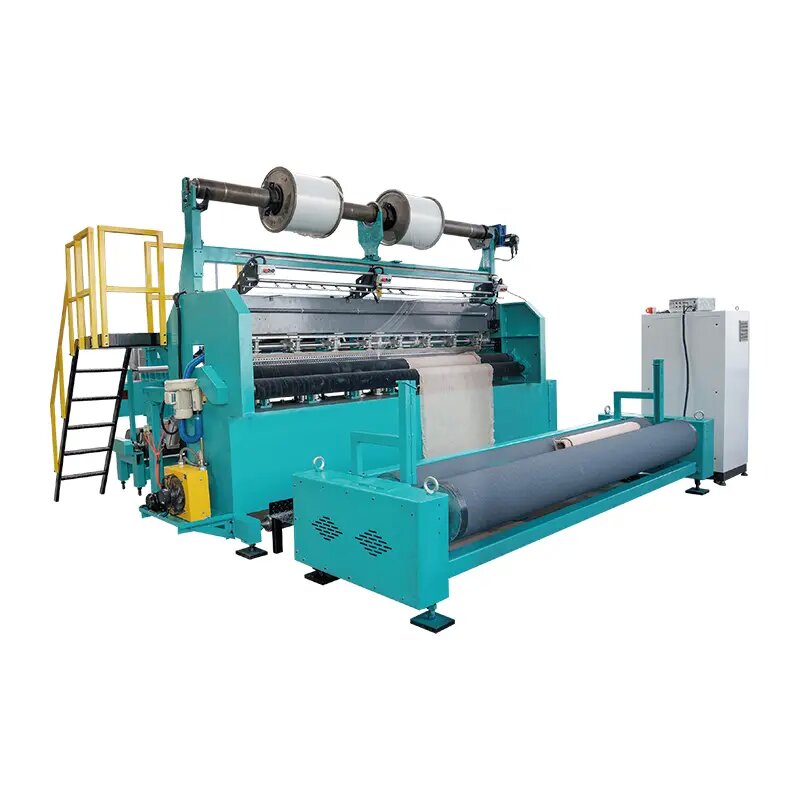Stitchbonding is a method used in textile manufacturing to create fabrics by mechanically interlocking fibers using various stitching methods. The technology can be used to produce a variety of fabrics with different textures, thicknesses and stretch properties. It is commonly used in the production of clothing, interior decoration and technical textiles.
What are the advantages of stitch bonding?
Stitch bonding offers several advantages, including:
Versatility: It allows for the creation of a variety of fabric structures with different properties, such as stretch, strength, and texture.
Cost-effective production: Stitch bonding can often be a more efficient and cost-effective manufacturing method compared to other traditional textile production processes.
Customization: Fabrics produced through stitch bonding can be customized to meet specific requirements in terms of weight, thickness, and performance characteristics.
Enhanced durability: Stitch bonding can create fabrics with improved strength and resistance to tearing and fraying.
Design flexibility: The technique allows for the incorporation of different fibers and yarns, as well as the integration of functional elements, such as conductive threads or reinforcements, to meet specific design and performance needs.
Rapid production: The process of stitch bonding can be relatively fast, leading to shorter production lead times compared to some other textile manufacturing methods.
Overall, stitch bonding is a versatile and efficient method for producing a wide range of textiles with diverse properties, making it a popular choice in various industries.
What is the strongest stitching method?
The strongest suture method depends on the specific application and materials used. Generally speaking, for heavy-duty applications and materials such as leather, canvas, or upholstery fabrics, triple stitching or whipstitching performed by a heavy-duty sewing machine can provide a strong and durable result. For lighter weight fabrics and general sewing, a reinforced straight stitch or zigzag stitch can also provide a strong seam. When determining the strongest stitching method for a specific project, it is important to consider the material and intended use of the stitching.
What is the bonding method of fabric construction?
Bonding methods for fabric structures involve joining two or more layers of fabric using adhesives, heat, or ultrasonic energy. This can be used to create laminates, composites, or to add structure or functionality to fabrics. Some common bonding methods include thermal bonding, adhesive bonding, ultrasonic bonding, and seam sealing. These methods are commonly used to produce high-performance outerwear, technical textiles, and a variety of other products that require layers of fabric to be securely joined together.
Post time: Jan-22-2024

